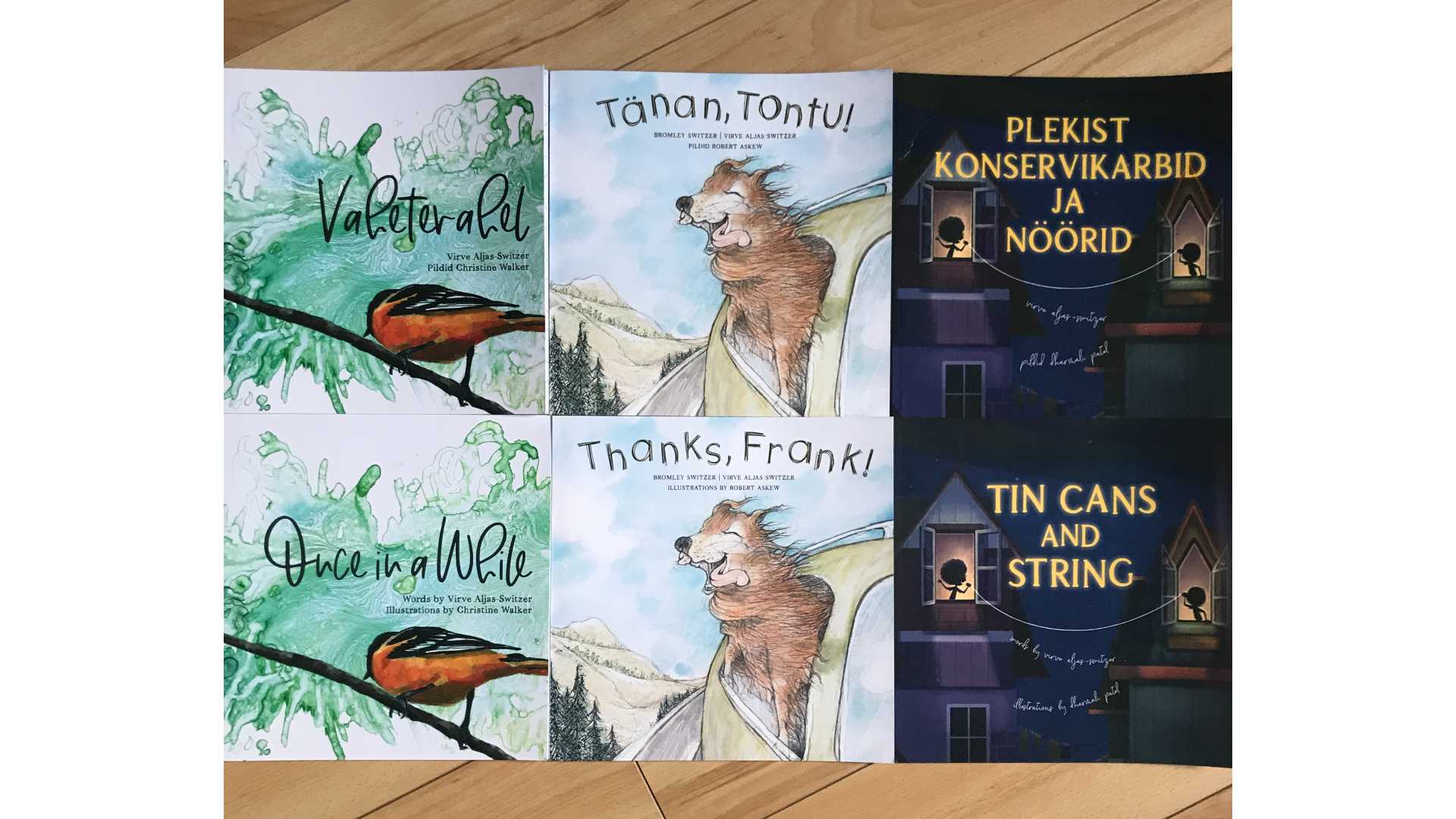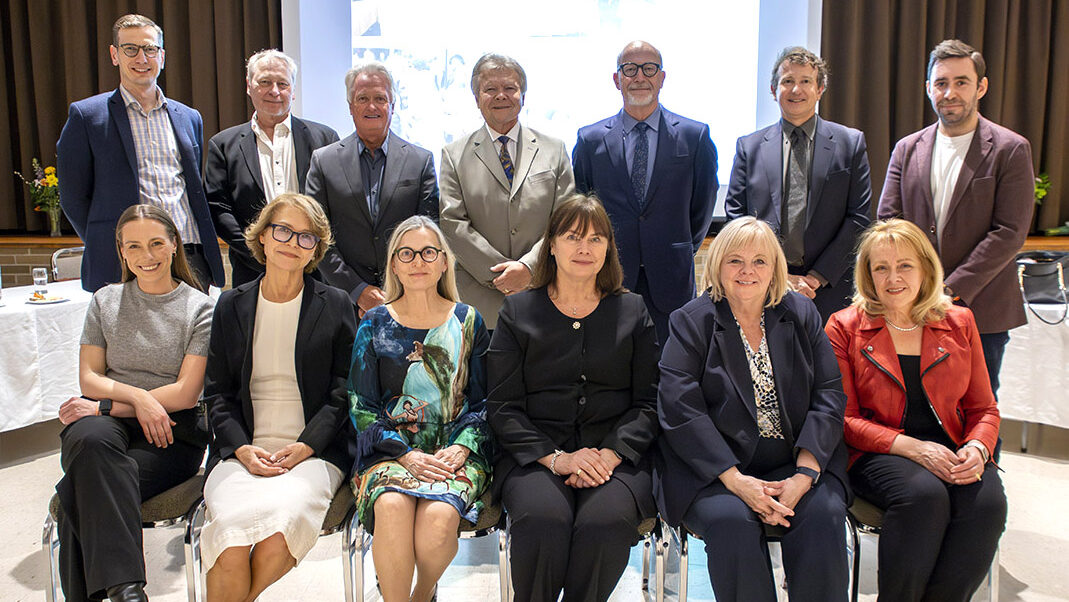And without many Estonian language children's book options in North America, their business stands out. I talked to Virve and Bromley to hear about what goes into the publishing of their books.
What it was like to start a new publishing house in Toronto, back in March 2020?
Bromley: Virve and I had talked about this idea for a while. We were floating ideas back and forth, and then Virve said ‘I've registered the business, we're going to go with this.' Everybody lost a lot of their social lives and their after-work activities, so we had the time to devote to building this business and figuring it out. We were both new to publishing our own work. Virve does have some experience in publishing, but in the more traditional sense, not self-publishing. I think we both went into it maybe a little bit naïvely, but with a lot of enthusiasm. So we figured things out as we went along.
I've always thought that, in order for an author or illustrator to make good books for kids, they need to be in touch with their inner kid. Do you both feel that you are connected to that?
Bromley: I consume a lot of YA novels. Those are my favourite, and I hope to one day write one. I don't have my own children, but I definitely feel like I'm a kid at heart. And I think all literature is really special. I studied English literature in university.
Virve: We both tend to be the more creative thinkers in the family. People will come to us for ideas for things. I think that's part of why we connected. I was the one in the family who went to art school, who was always making things, and that's true of Bromley as well. We're doers and makers and creators in that way.
What are the pros and cons of managing the creation of your books from inception to distribution?
Virve: I do have some experience in the traditional publishing world. I lived in the States for a while and did a Master's degree in Publishing there, which encompassed the traditional side of book and magazine publishing. I don't think there's a wrong way to do it, it really just depends on how much control you want to have over the work you are doing. We don't necessarily have access to all of the big marketing channels, but we can choose which ones we want to target and which illustrators we work with.
If you're going to pay a really high quality illustrator, you have to invest some money in that. That's one of the benefits of the traditional route. The publisher takes care of that. Bromley has a marketing background and I come from a graphic design and communications background, so some of the costs are absorbed into our own time.
Once a book is completed, there are challenges in getting that book into people's hands. How did you overcome that challenge?
Bromley: We thought about how we wanted to distribute the books. We've essentially taken a two-prong approach. One is that we actually sell the books ourselves on our website. We have limited shipping within Canada, so we're only on the hook for shipping books ourselves within Canada. In terms of worldwide distribution, we went with other partners. So when somebody from the U.S., U.K., or Europe wants to purchase our book, they can do it through Amazon, Barnes & Noble, or Waterstones.
Do you see East York Press as creating better access to reading material for Estonian families in Canada?
Virve: I grew up with Estonian picture books at home. They would be the English version of the book that someone had put sticker labels over with the translation. You could feel the pages crack as you turned them.
For the translations of our books, I worked with a woman named Ene Timmusk. She was in agreement with me that there are two versions of Estonian. There's the Estonian that continued with people living in Estonia and then there's us. Our languages have changed. Our sense of humour is different. The pacing is different. So to get something translated by someone locally, they would probably use some different terminology or pacing for the books here. It's for this audience. I'd be happy if Estonians in Eesti appreciated the books, too. But a lot of it is ‘by away-Estonians, for away-Estonians.' That's never been stated outright, there's just a difference in what's produced there and what's produced here. We are much more influenced by North American culture, so it made sense.
[You can find their books at eastyorkpress.com .]
Note: This interview has been edited and condensed.
This article was written by Vincent Teetsov as part of the Local Journalism Initiative.




